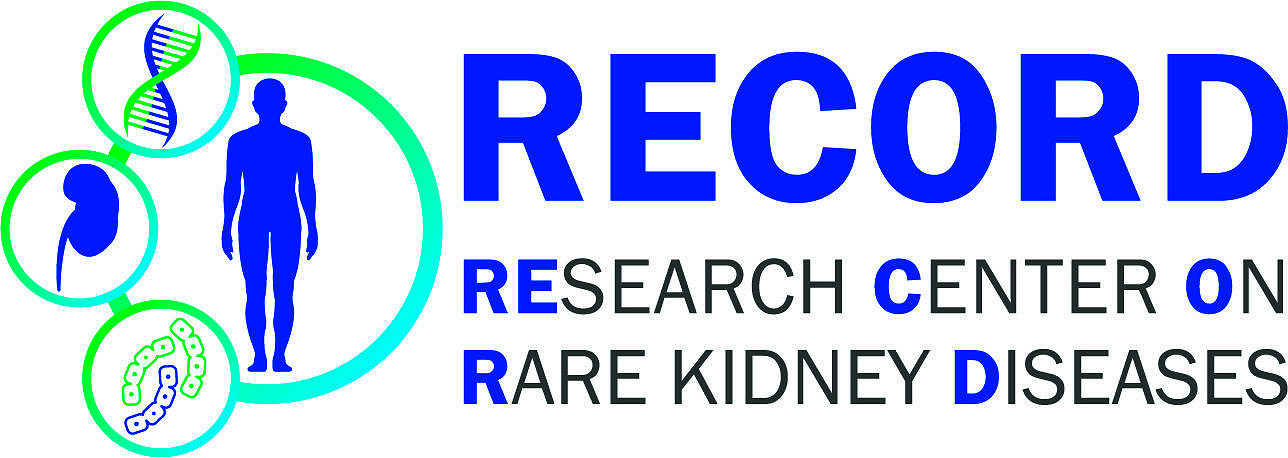Non-invasive evaluation of graft condition in adult patients with kidney transplant using Multispectral Optoacoustic Tomography and Ultrasound Localization Microscopy
Vascular impairment of the kidney, especially of the glomerulus, and molecular tissue remodeling play a key role in all rare kidney diseases. Changes in microvascular architecture, perfusion and molecular composition due to thrombotic microangiopathies, proteinuria in glomerulopathies or damage of peritubular capillaries in tubulointerstitial diseases are driving renal pathophysiology. Understanding these changes is therefore essential for progress in diagnostic and therapeutic efforts in the field of kidney diseases but non-invasive diagnostic tools for adequate tissue evaluation remain sparse. Ultrasound localization microscopy (ULM) is a novel imaging technique that enables superresolution imaging of human microvasculature in unprecedented detail. Intravenously applied echogenic gas-filled microbubbles function as contrast agents, travel exclusively intravascularly and enable vessel selective imaging and quantification of perfusion dynamics.
Multispectral Optoacoustic Tomography (MSOT) is an imaging technique that uses the optoacoustic effect of endogenous and exogenous chromophores and enables molecular profiling of the respective tissue.
In this study we will examine both imaging techniques as non – invasive evaluation tools for adult human kidney transplants during annual Follow-Up. Microvascular dynamics and molecular tissue modifications will be correlated with standard metrics of nephrological diagnostics such as histological, sonographical, laborchemical and clinical parameters of allograft rejection. The clinical translation of ULM and MSOT in this study will contribute to a deeper understanding of microvascular and molecular aberrations that drive kidney pathophysiology in rare kidney diseases. Moreover, it will pave the way for non-invasive diagnostic alternatives to tissue biopsies that will bring significant improvement to patients with rare kidney diseases.

